
 2021-09-21 20:00:00
2021-09-21 20:00:00
Today we are starting the presentation of the second series of our thematic mini-guides to the prefectures of Crete. This time we take a closer look at the Rethymno region, in which we will first look at places related to the history of Crete. There are few ancient discoveries here, but many traces of history were left by the Venetians and Turks, in whose hands the island was several hundred years.
The places described below have also been marked on the google map, thanks to which it will be easier to find them.
Armenia Minoan cemetery
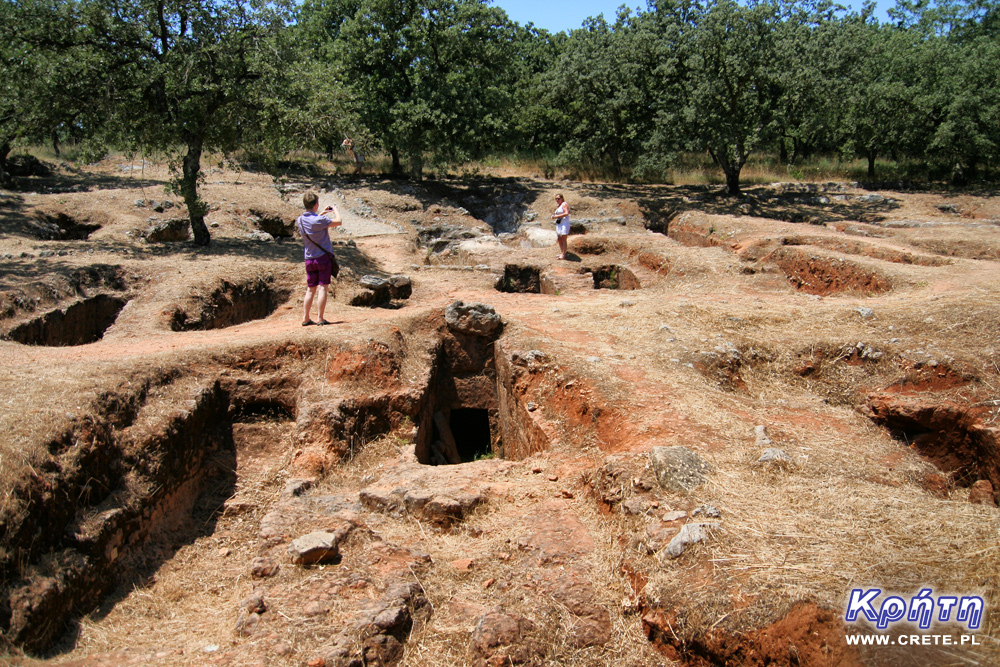
Archea Eleftherna excavations
Ancient Eleftherna is the most important archaeological site in the Rethymno Prefecture. The first organized excavations here began in 1985. This city-state inhabited until the Middle Ages was founded by the Dorians around the 9th century BC. The strategic location allowed for the control of the intersecting trade routes connecting Kydonia, Knossos and Mount Ida. The importance of Elefthern is also evidenced by the fact that its own coins with images of Artemis and Apollo were minted here. Nowadays, the importance of these excavations is also evidenced by the fact that an archaeological museum has been established in the vicinity of this site, presenting artifacts found in this area. Unfortunately, we do not have information at the moment whether these excavations are already open to the public (probably not). However, if one is an archeology enthusiast and still would like to even glance at these remains of Eleftherna, it probably remains to look through the fence.
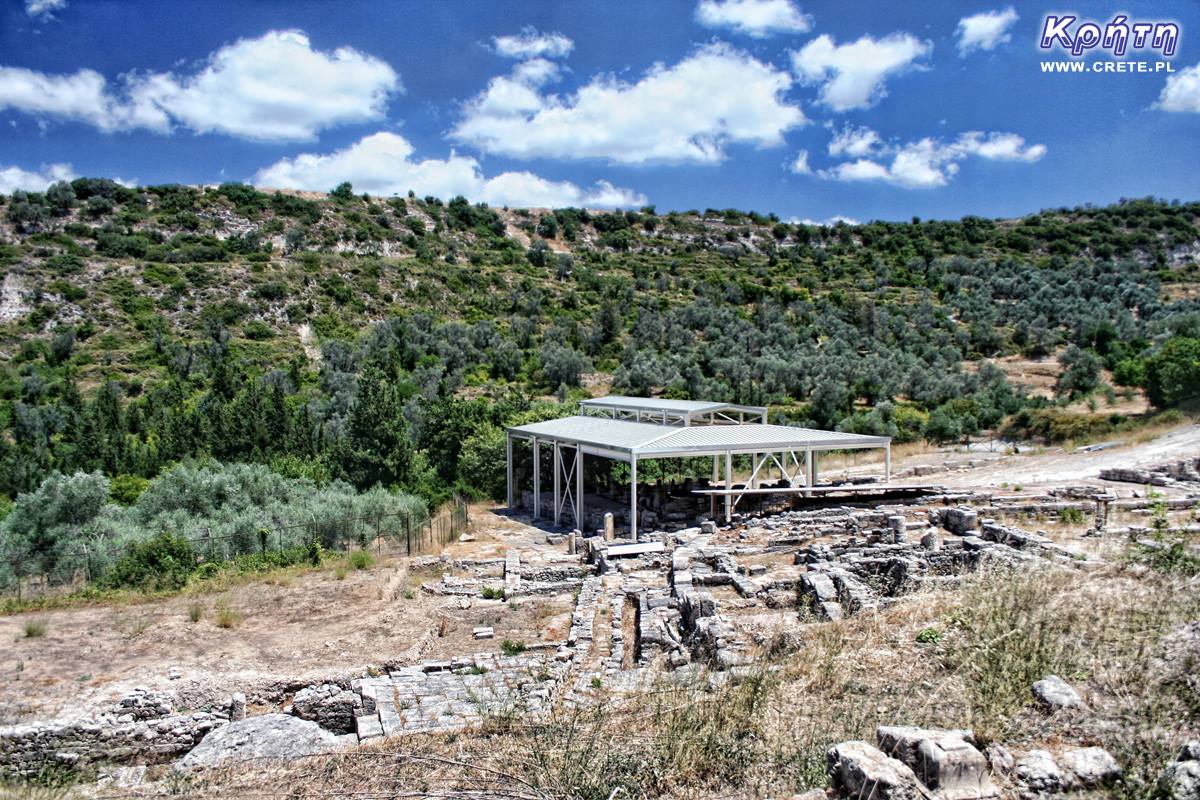
There are also remains of an aqueduct close to the main excavation site and two swimming-pool-sized cisterns to collect water.
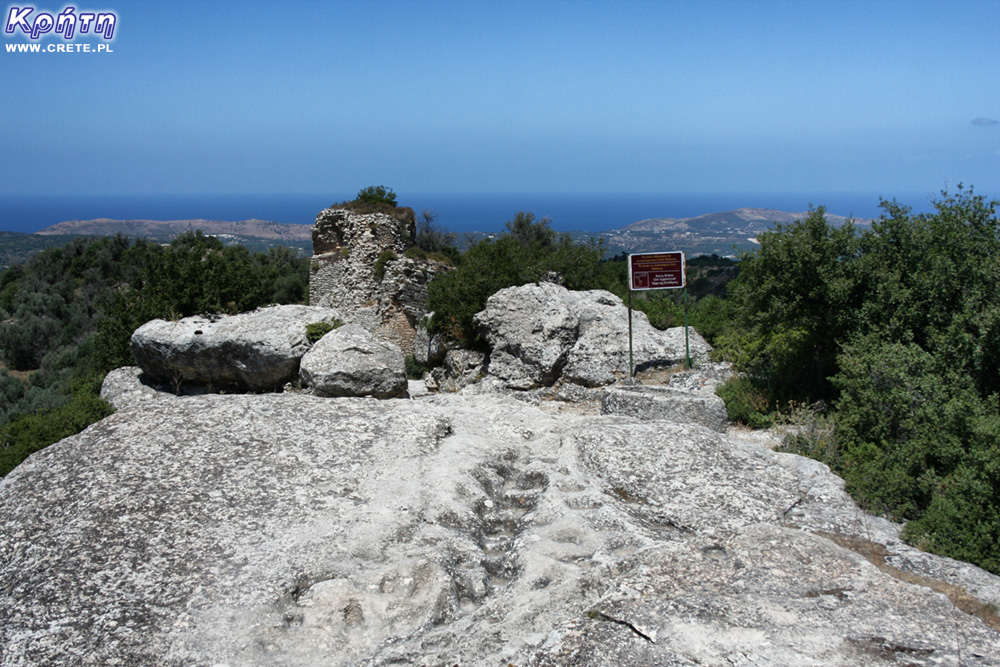
Orthi Petra position
In this place was the necropolis of ancient Eleftherna, which became a real treasury of artifacts from that period. In 2010, archaeologists made one of the most important discoveries when they found an unplanned tomb from 700 BCE. It contained the bones of a young couple, possibly siblings. The pair was covered with 3,000 gold sheets of various shapes.
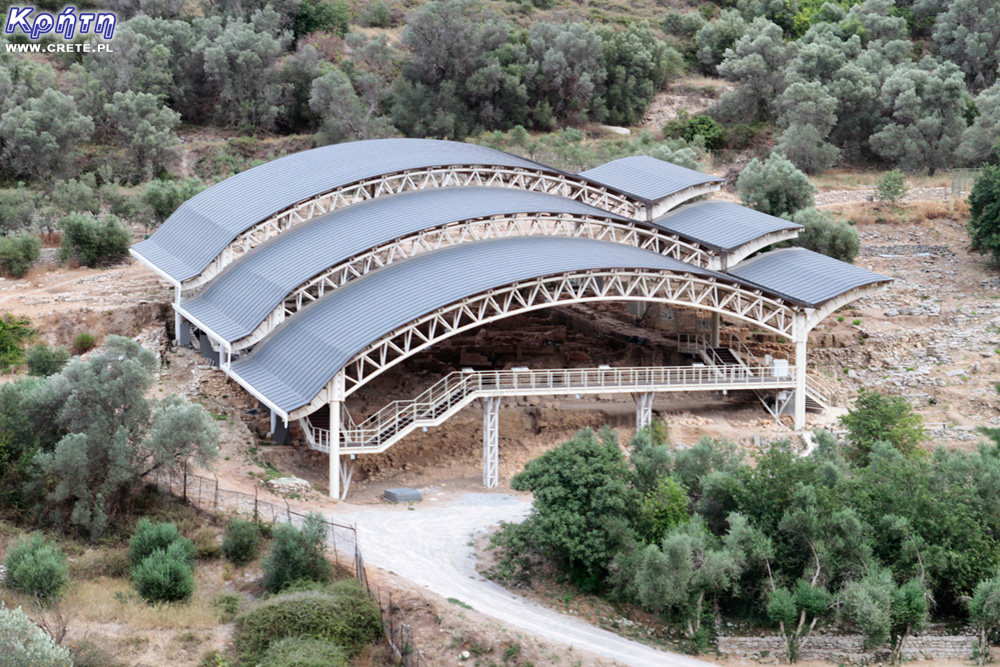
Archaeological Museum of Eleftherna
What makes this museum unique are primarily finds from outside the Minoan period, discovered in the ancient Eleftherna, which is one of the most important cities of ancient Crete. This means that visitors to this place can look and learn about the remains from the dawn of the Greek civilization described by Homer. According to the employees of the museum and the Greek Ministry of Culture, it is unique on a global scale. Unfortunately, photos are still not allowed inside the museum.
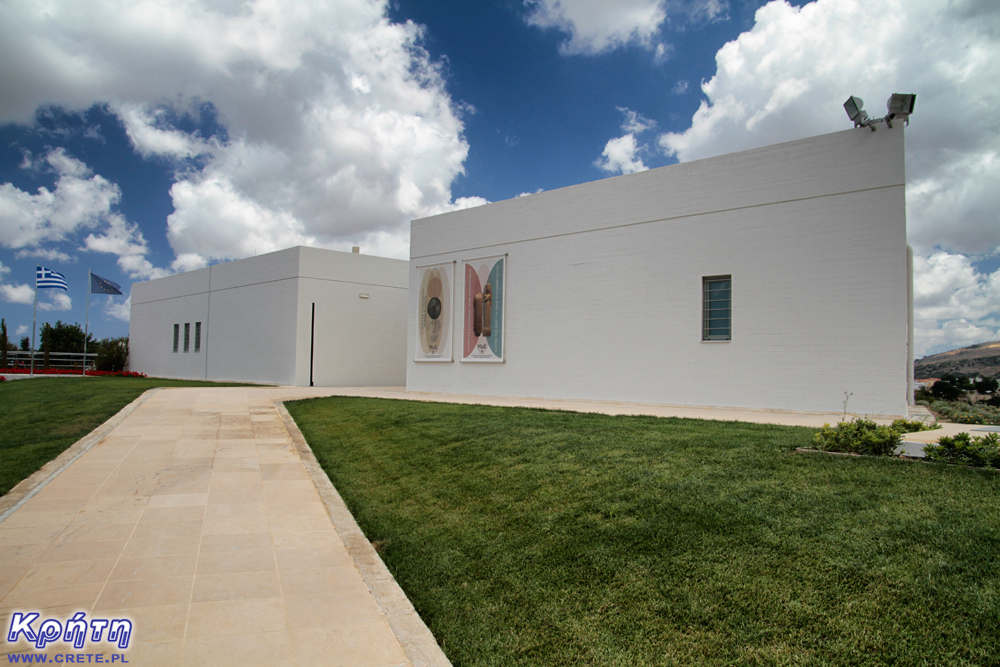
Military Museum in Chromanostiri
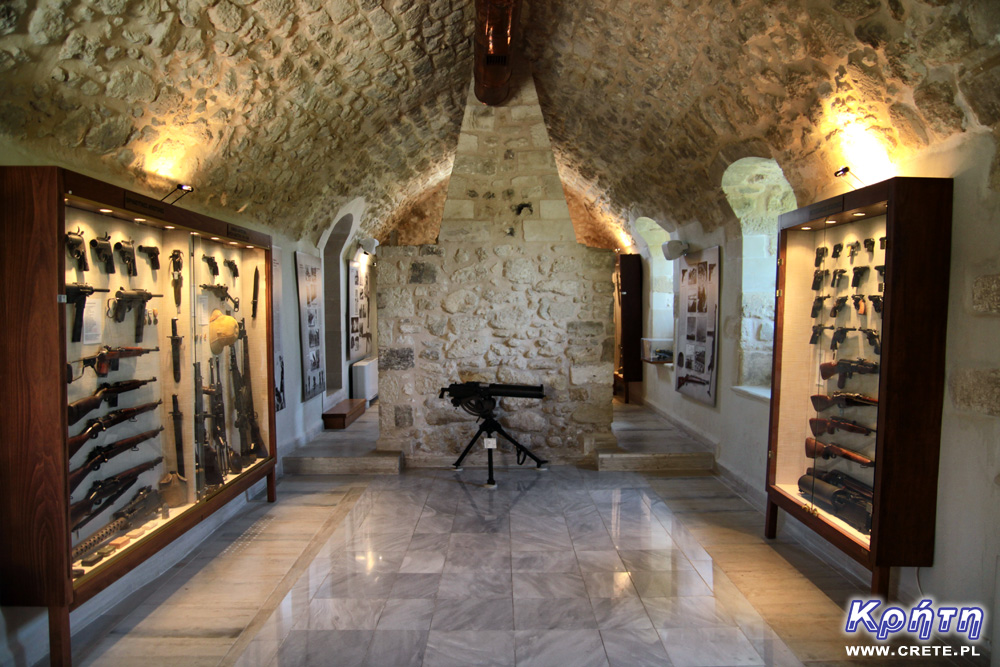
Fortezza in Rethymno
It is one of the most characteristic buildings not only for the city of Rethymno, but also for the whole of Crete. Its construction was completed in 1590, and the construction was made of walls 1.7 meters thick. On its territory there was, among others, the cathedral of St. Nicholas, which was converted into the Ibrahim Han mosque after the Turks took power. In addition, there was a bishop's palace, provisions for provisions, a powder magazine, an arsenal, a barracks for the garrison and a hospital.
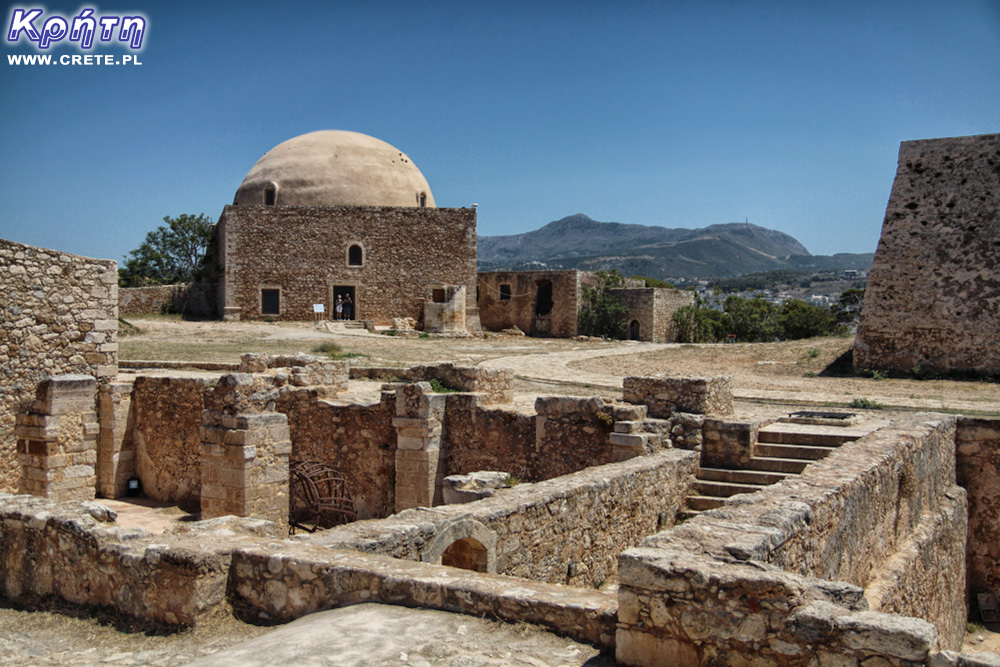
Melidoni Cave
We have classified the Melidoni Cave as places related to the history of Crete, because despite its beautiful dripstone form, it is associated primarily with the tragic events that took place here in 1824. Melidoni became a place of refuge for nearly 370 inhabitants of the village of Melidoni, mostly women and children fleeing the Ottoman troops. When the Turkish leaders were unable to force the Cretans to leave the cave, they lit a great fire in the main entrance and collapsed the remaining exits, cutting off the people's escape route. The determined fugitives suffocated inside the cave. Today, in the central part of the cave, there is a monument commemorating the victims of these tragic events, which are still vividly remembered by the Cretans to this day.
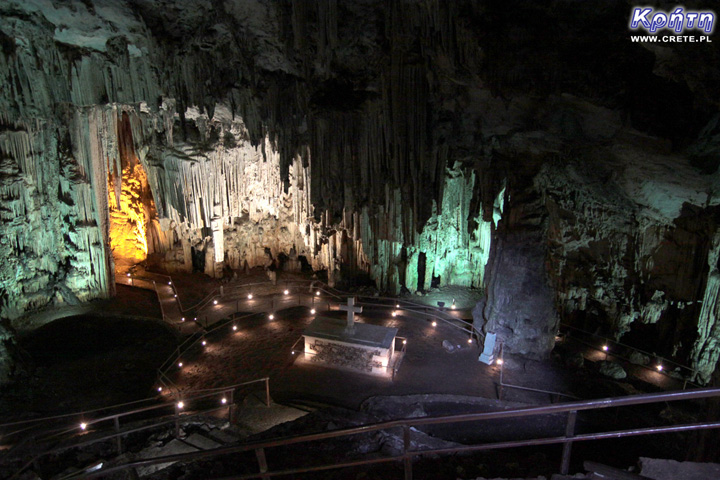
Venetian port and Egyptian lighthouse in Rethymno
The old Venetian port and the lighthouse are one of the most recognizable elements of Rethymno and are a must-see in this city. Although the port had already existed before, the Venetians led to a flourishing of activity. The lighthouse in its present form was built during the short-lived occupation of Crete by the Egyptians in the 1830s.
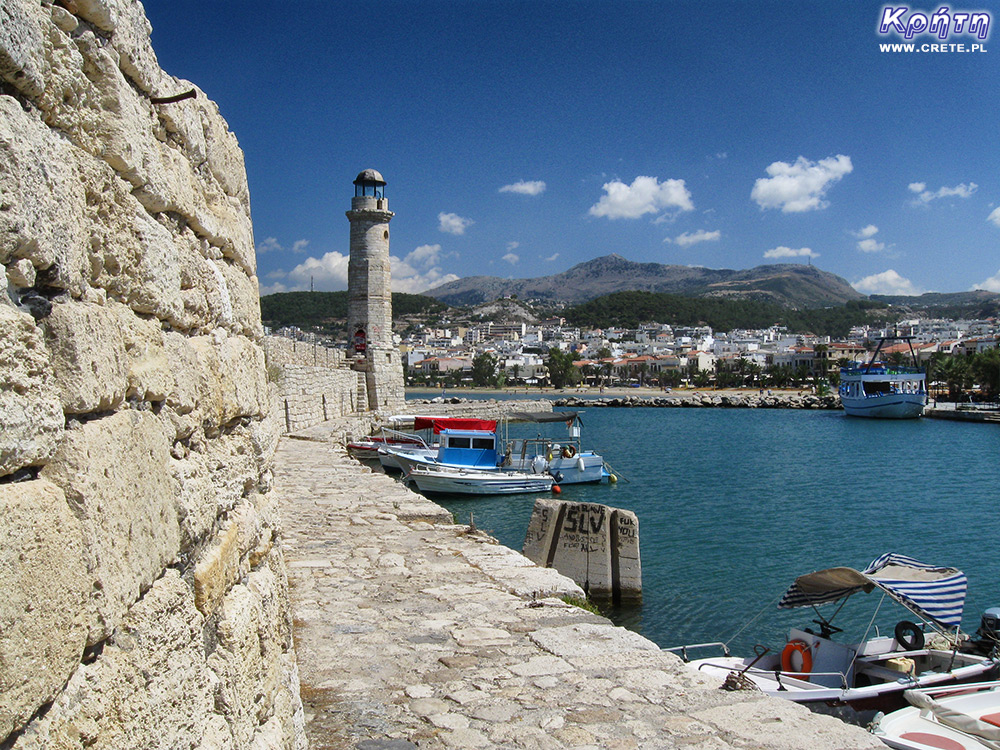
Archaeological Museum of Rethymno
It is a small museum that showcases finds from different historical eras that have been unearthed around Rethymno. We recommend, but most of all, lovers of history and all kinds of excavations. As a curiosity, we will add that you can see interesting sarcophagi and other artifacts from the Minoan cemetery in Armeni, and the museum itself is located in the building of a former prison.
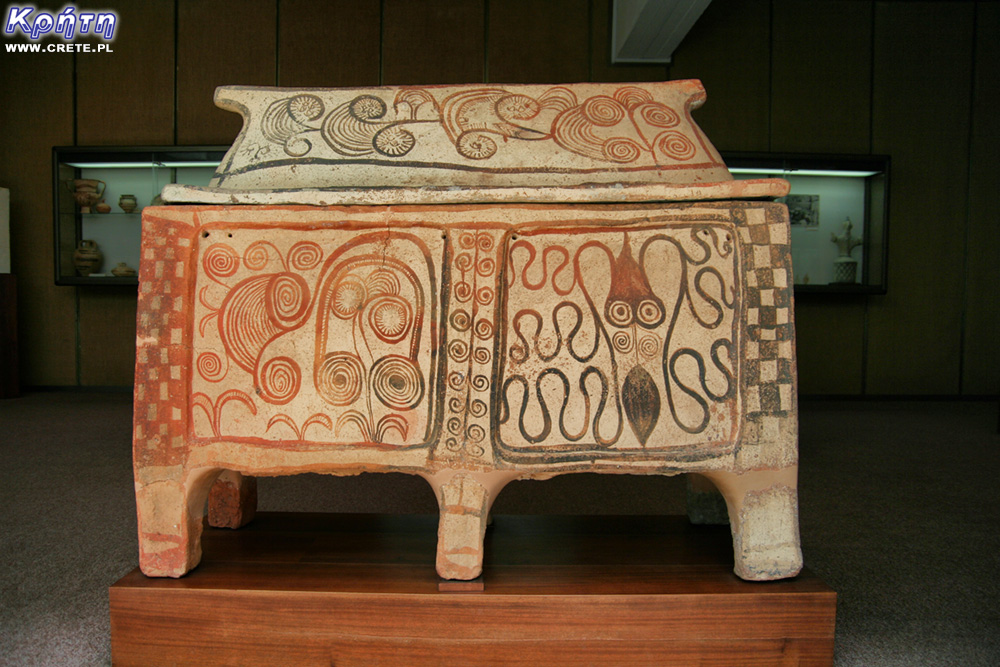
Moni Arkadiou
Although it is a monastery, due to the strong connections with the history of Crete, we also place it on our list of interesting historical sites. The tragic events that took place in this monastery in 1866 made it of special importance to all the inhabitants of Crete. Moni Arkadiou is for the Cretans a synonym of the fight for freedom and an expression of rebellion against the Turkish occupation. Cretan insurgents, in order to avoid surrender to the Ottoman troops that attacked the monastery, set fire to the dust barrels, causing a great explosion. As a result, most of the people gathered in the monastery died.
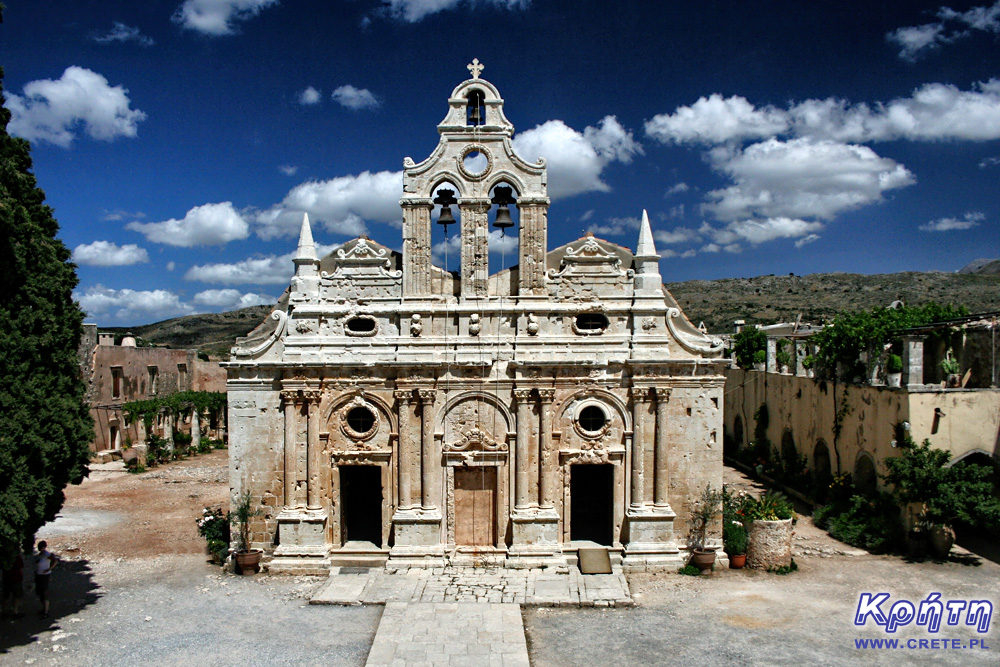
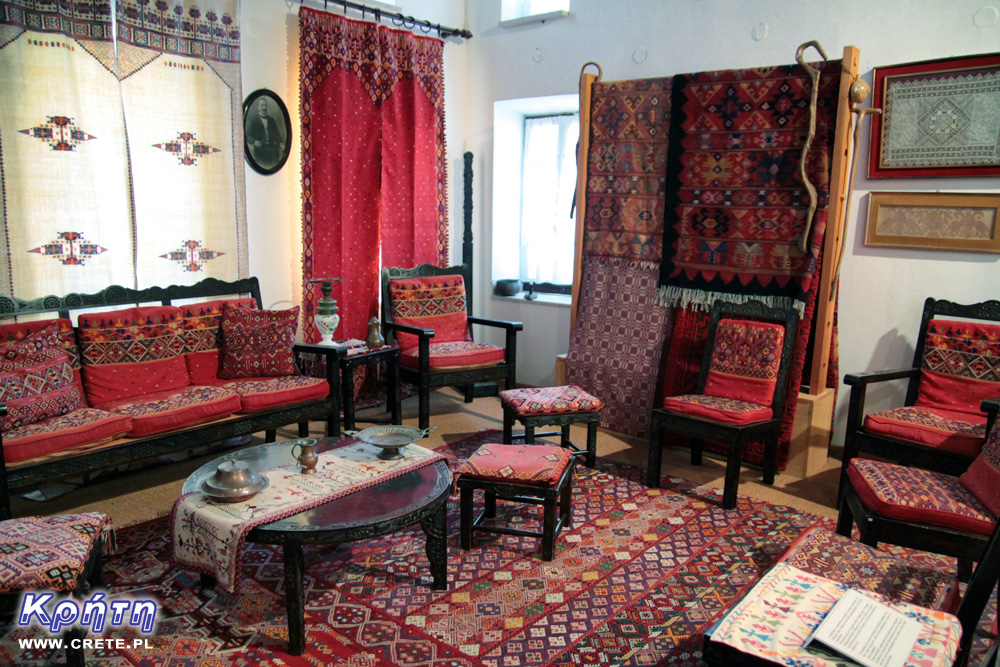
Neratze Mosque
The beautiful mosque that is a testimony to Rethymno's turbulent history is also known as Gazi Hussein . Unfortunately, this facility is closed for free sightseeing, but still, when visiting the city, it is worth finding this place. Who knows, maybe you will be lucky and take a look inside. Initially, it was a Venetian church of Saint Mary, later it became an Augustinian monastery. When the Turks took the city in 1657, their leader Gazi Hussein Pasha turned the monastery into a mosque. In 1925, the mosque was re-converted into the Christian Church of St. Nicholas, but never functioned as a church. Nowadays, the mosque serves as a music school and a concert hall, so if you manage to look here, you won't see it inside. nothing but the stage and the chairs.

This mosque is another memento of the Ottoman rule in Crete. Although the place is closed and a bit neglected, it is worth including it on the Rethymno sightseeing route due to the unique combination of Venetian and Ottoman architecture. Before the Turks took power in Rethymno, the monastery of St. Barbara. After the fall of the city, the Turks transformed it into a mosque, added domes and a minaret. This mosque was named after the Turkish admiral of the troops occupying Rethymnon in 1646. There are tombstones in the courtyard of the mosque, and a fountain outside, which was used by Muslims to wash themselves before entering the interior, and for other residents of the city to draw water.
Rimondi Fountain in Rethymno
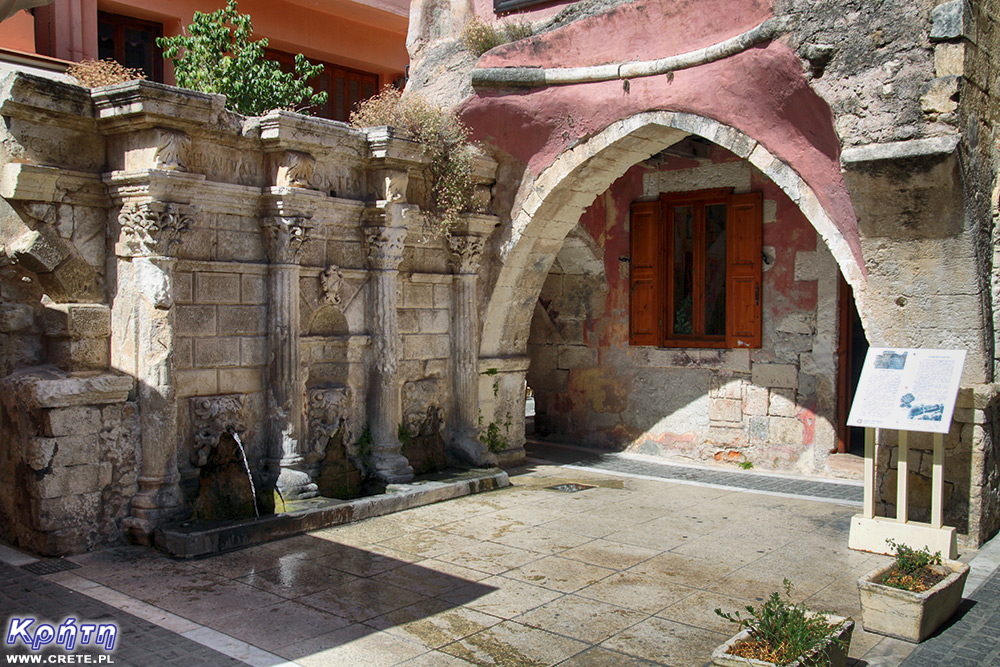
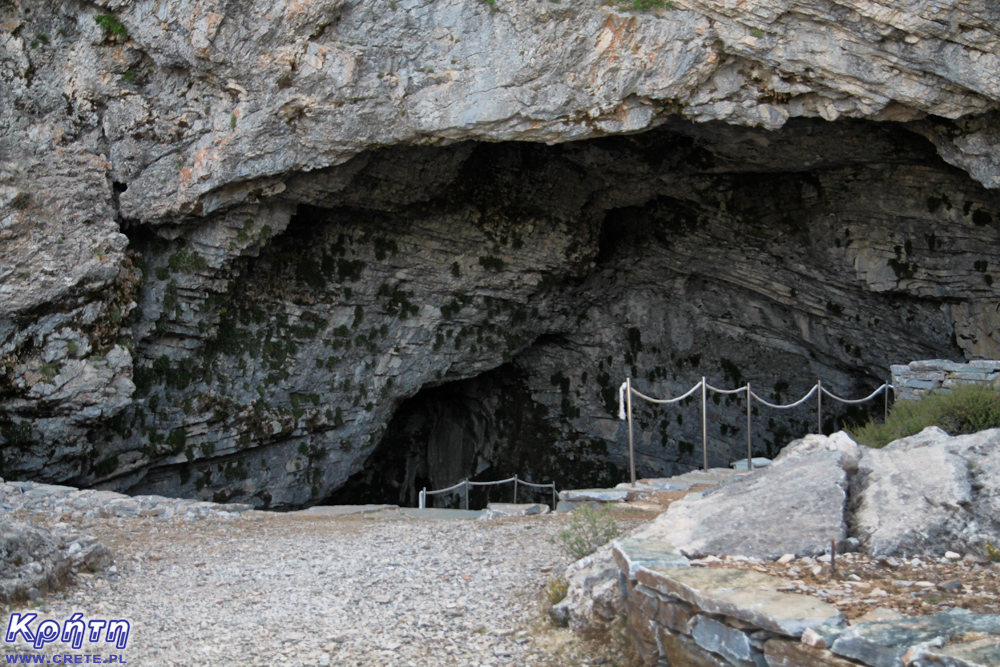
 2021-09-21 20:00:00
2021-09-21 20:00:00
Komentarze
Wypełnij poniższy formularz aby dodać komentarz
lub kliknij w poniższy link aby skorzystać z możliwosci komentowania przez facebooka:
https://www.facebook.com/crete.poland/posts/10158183443097551